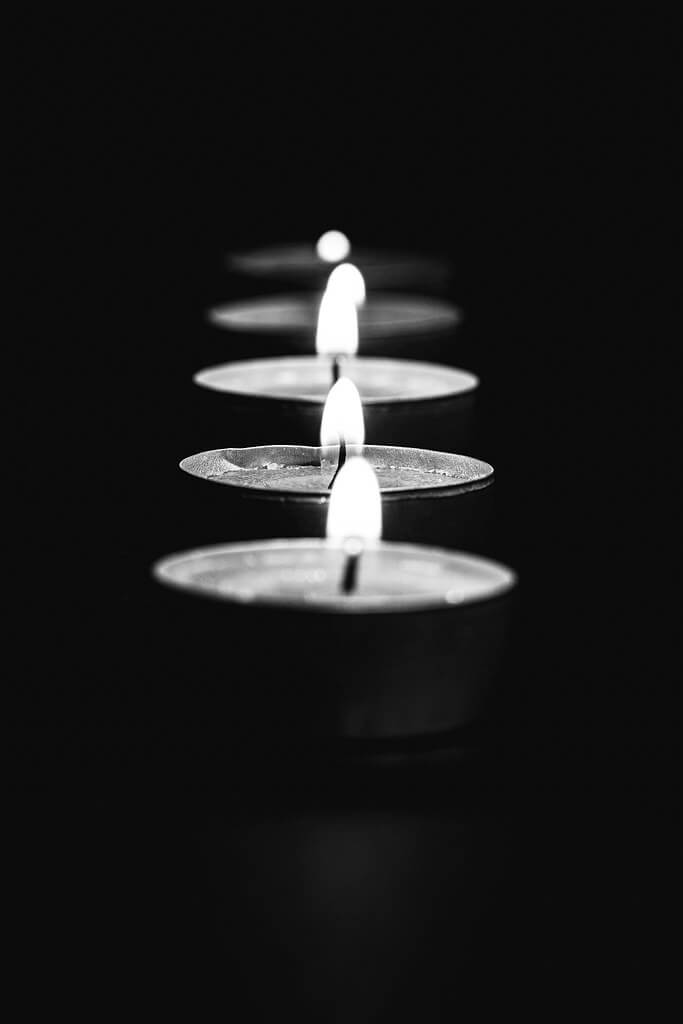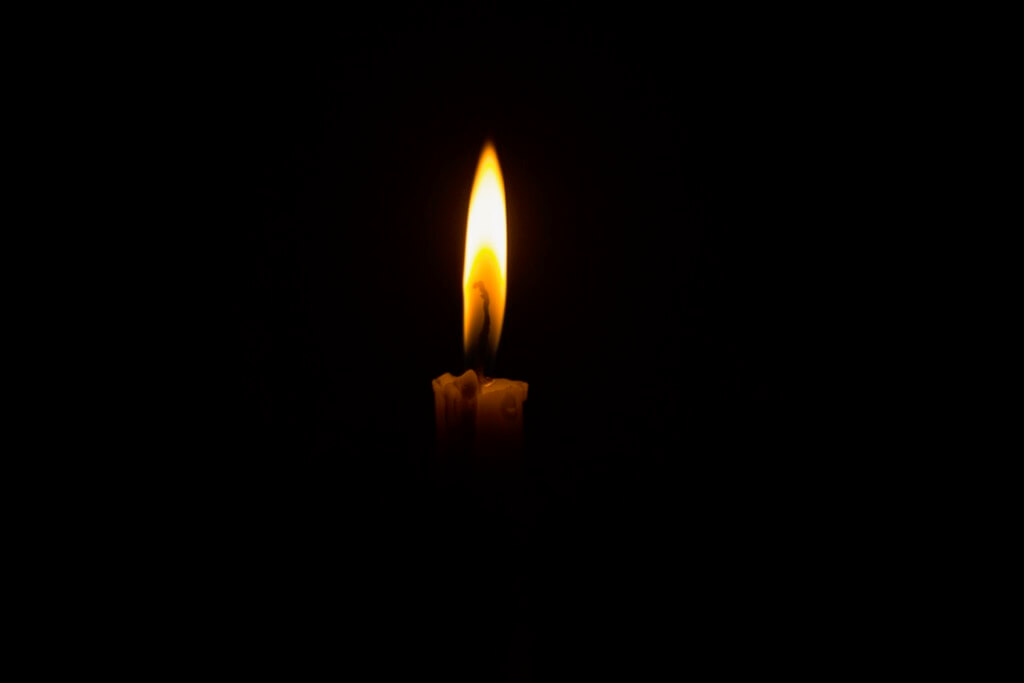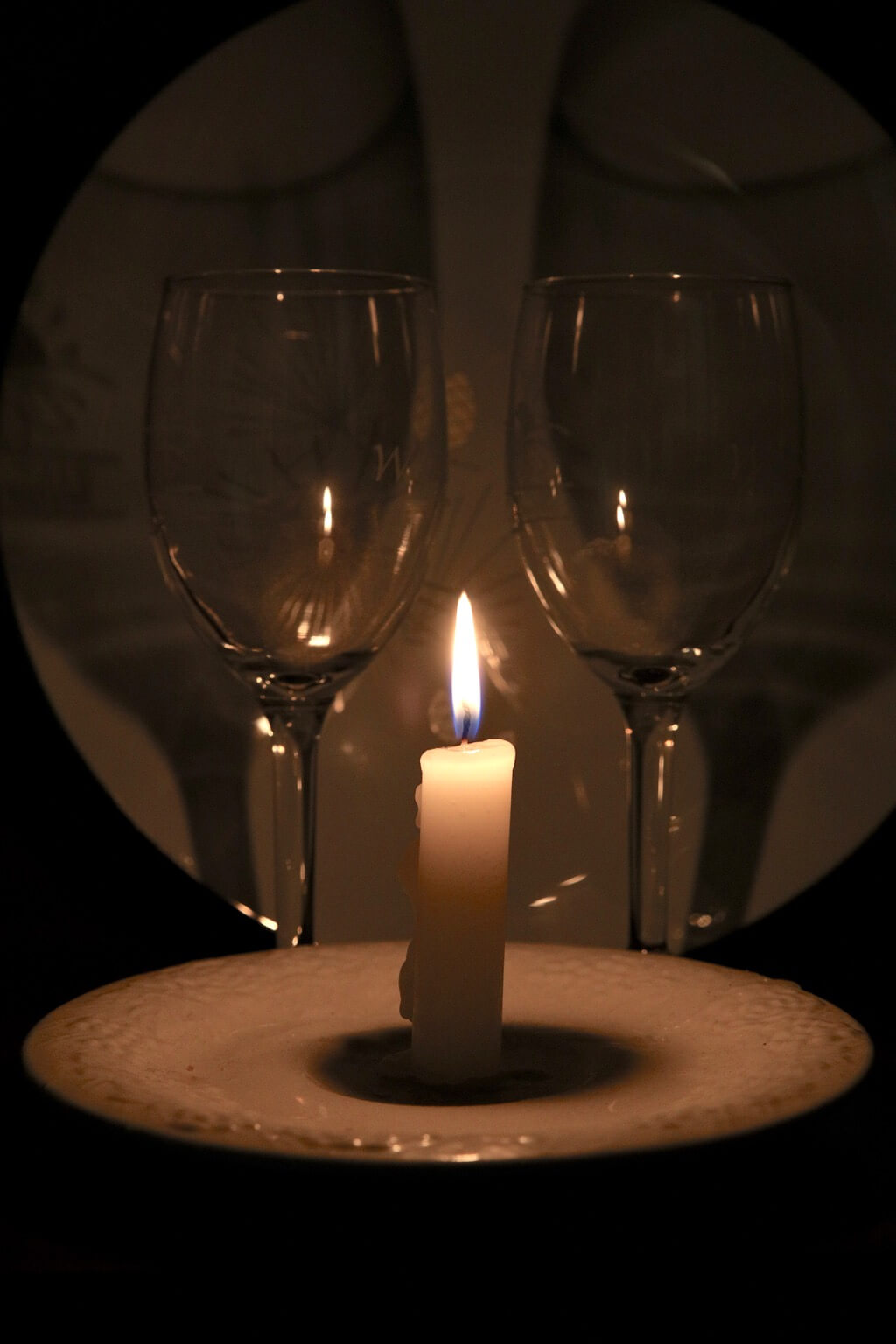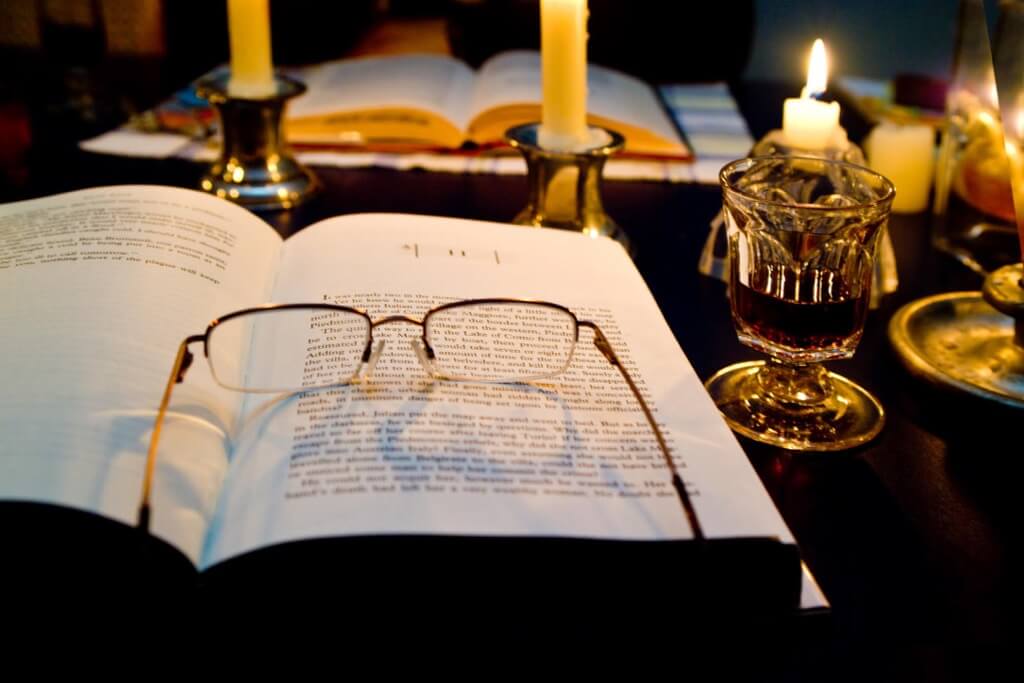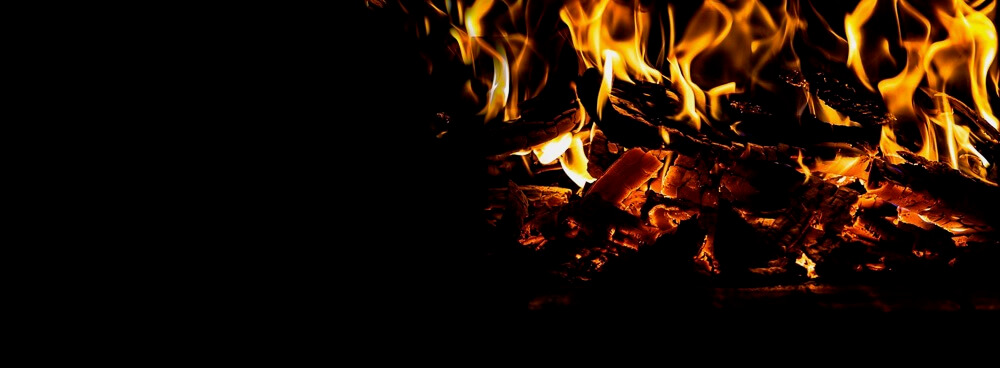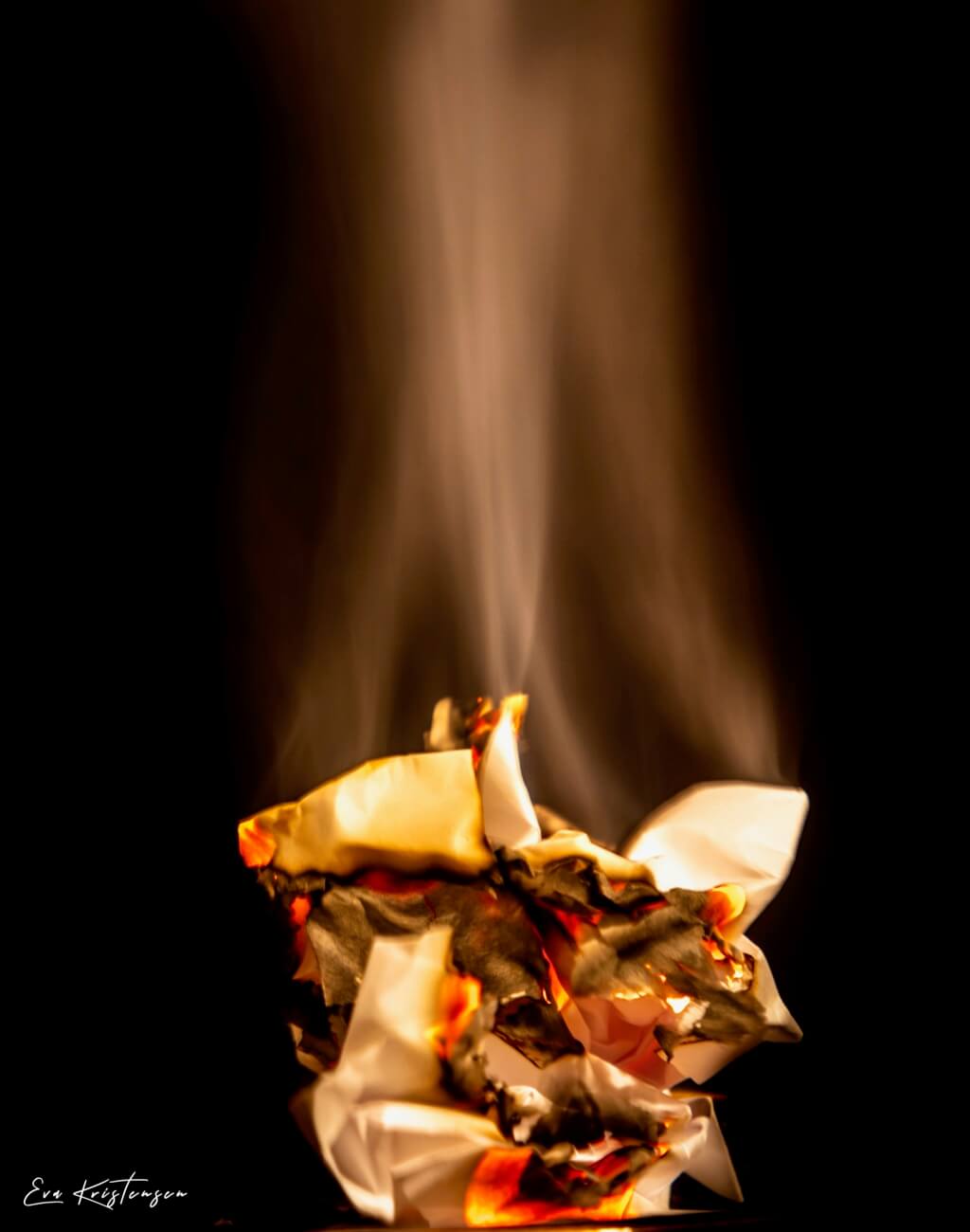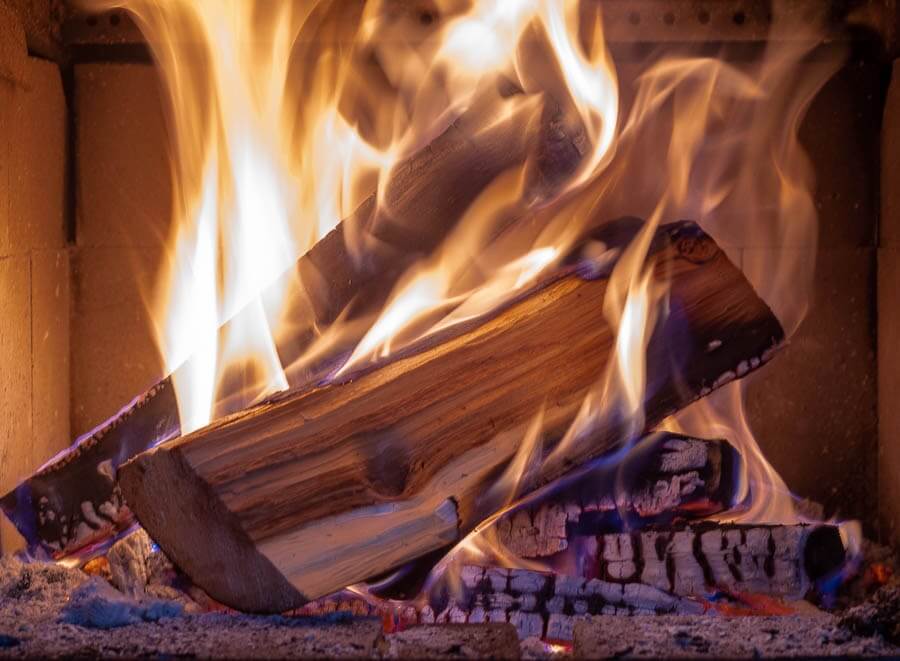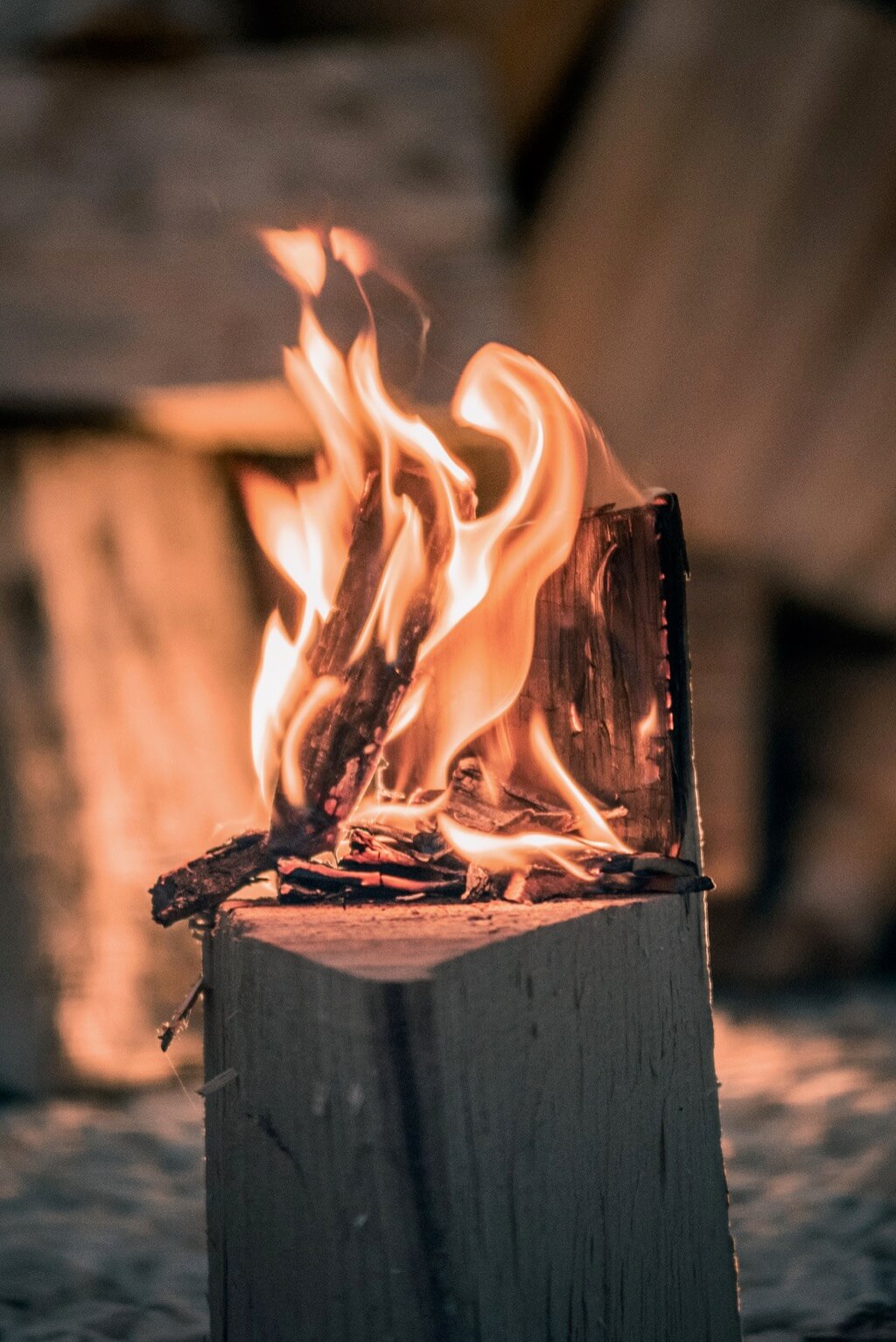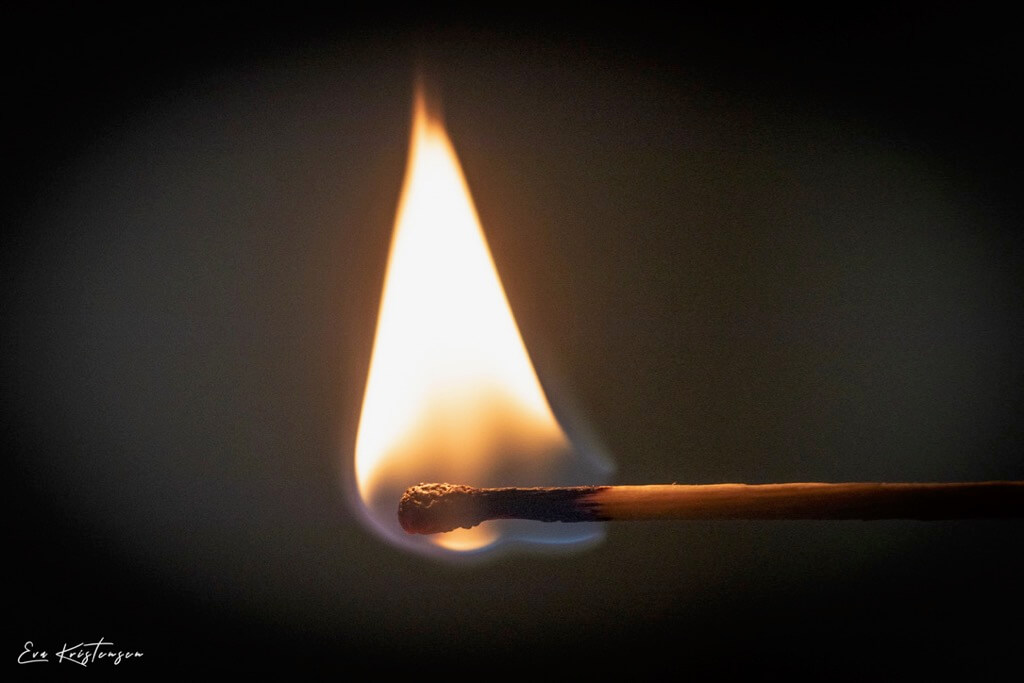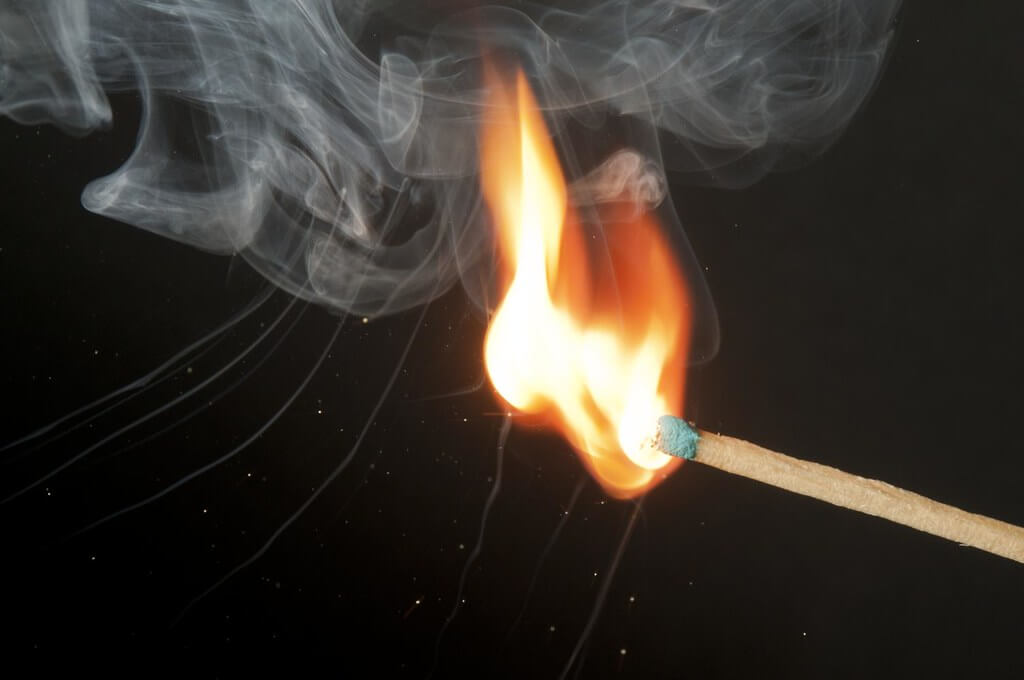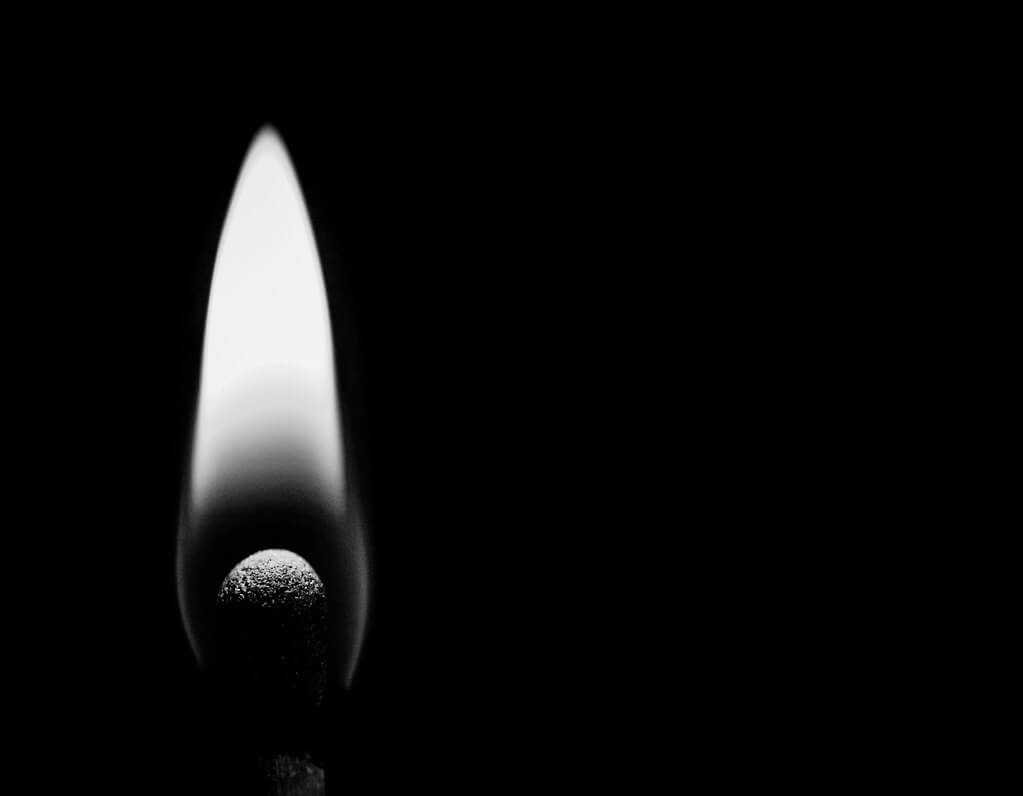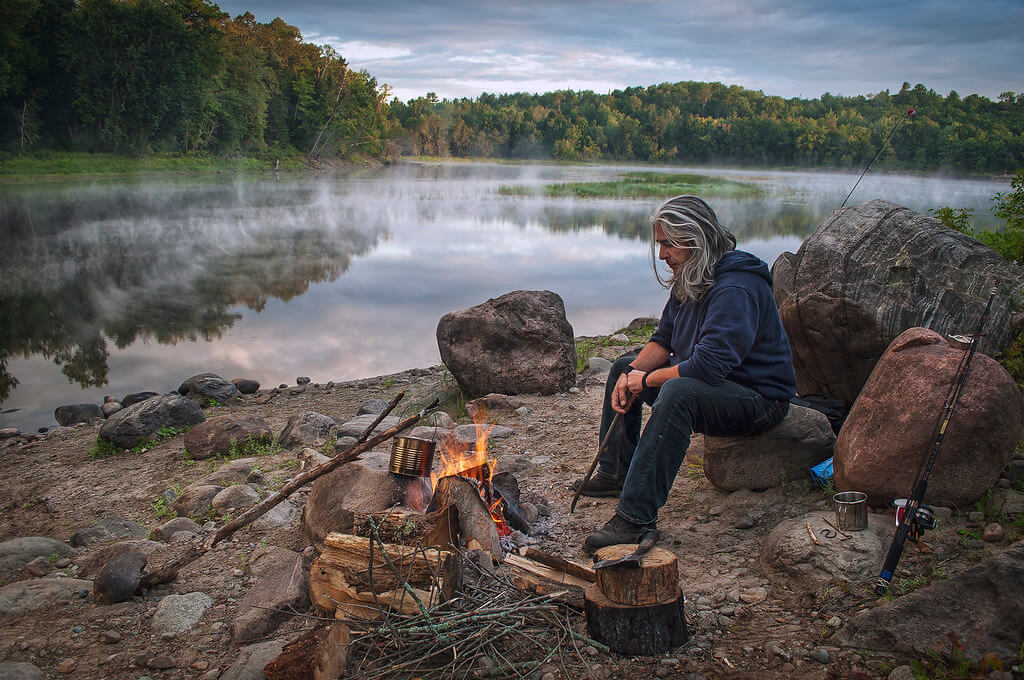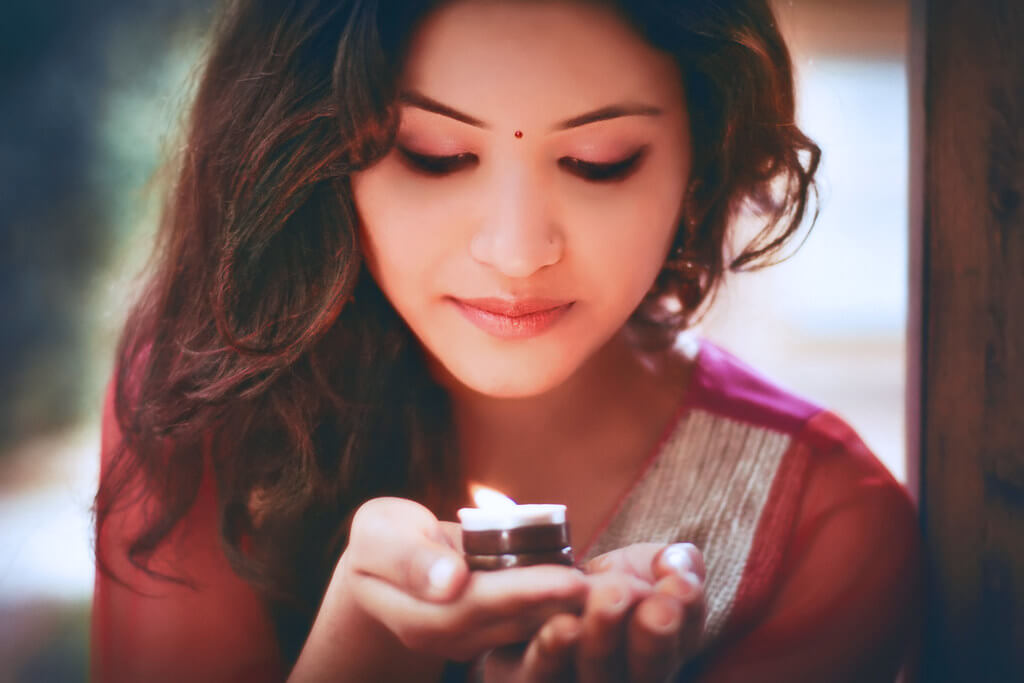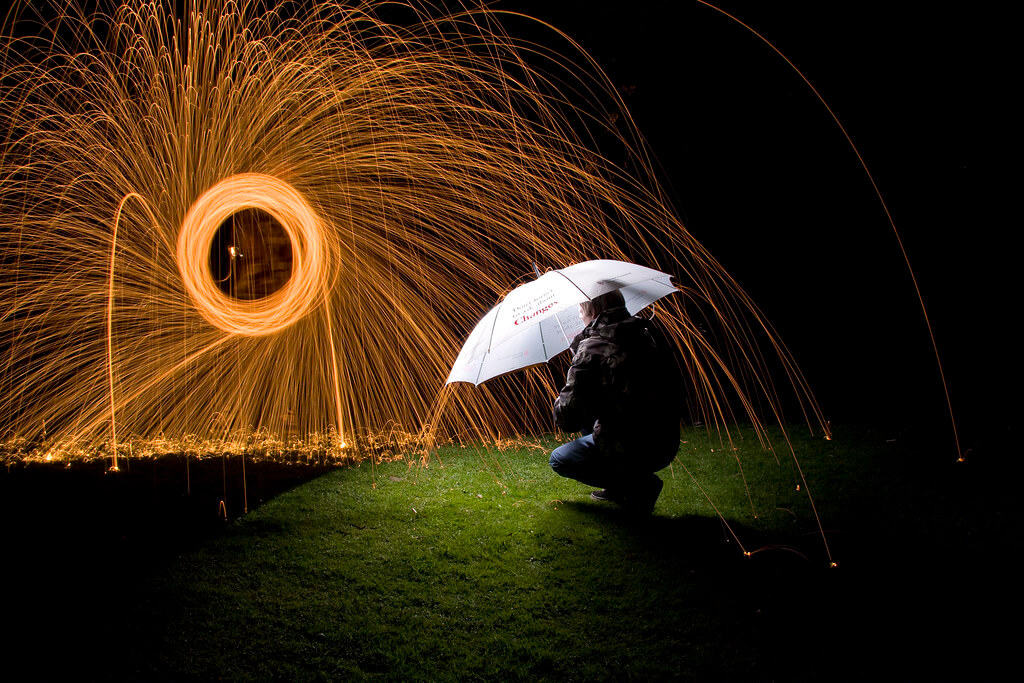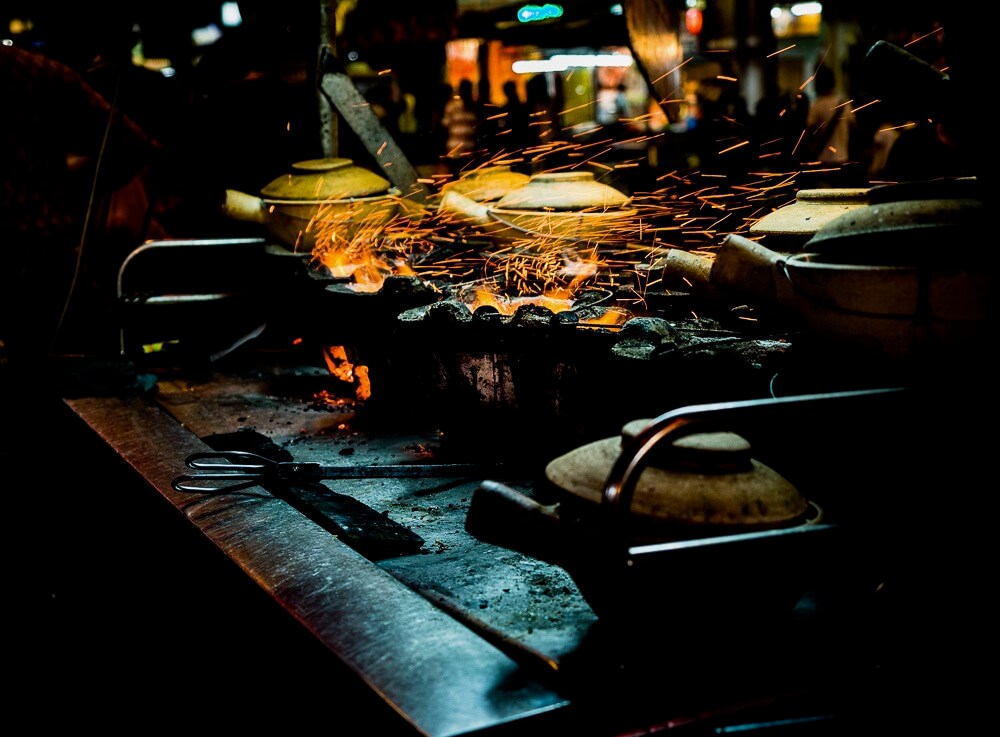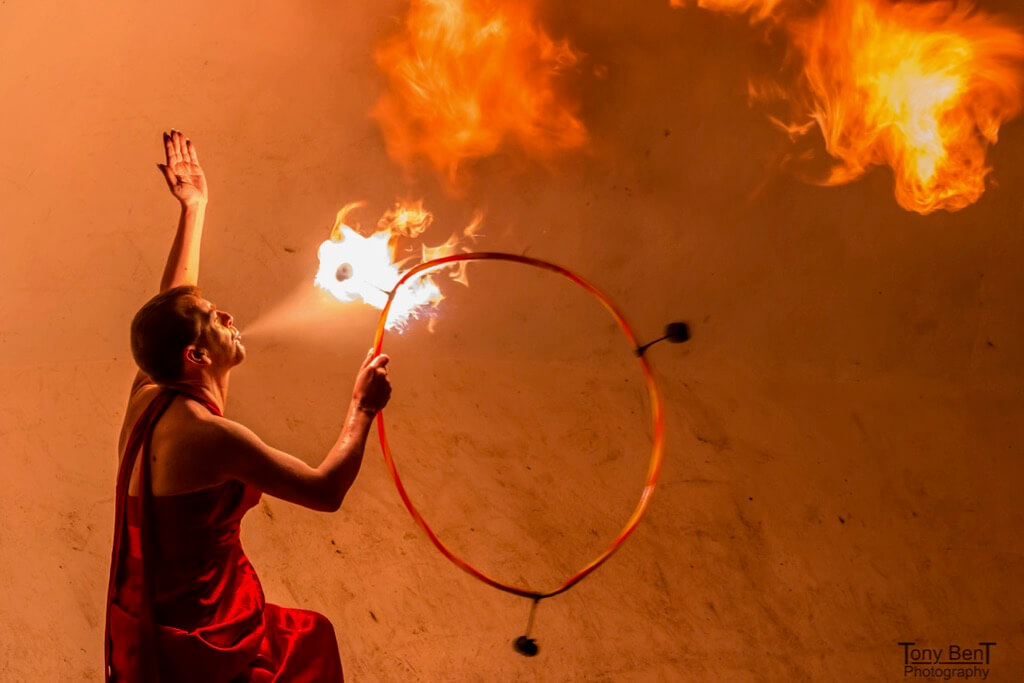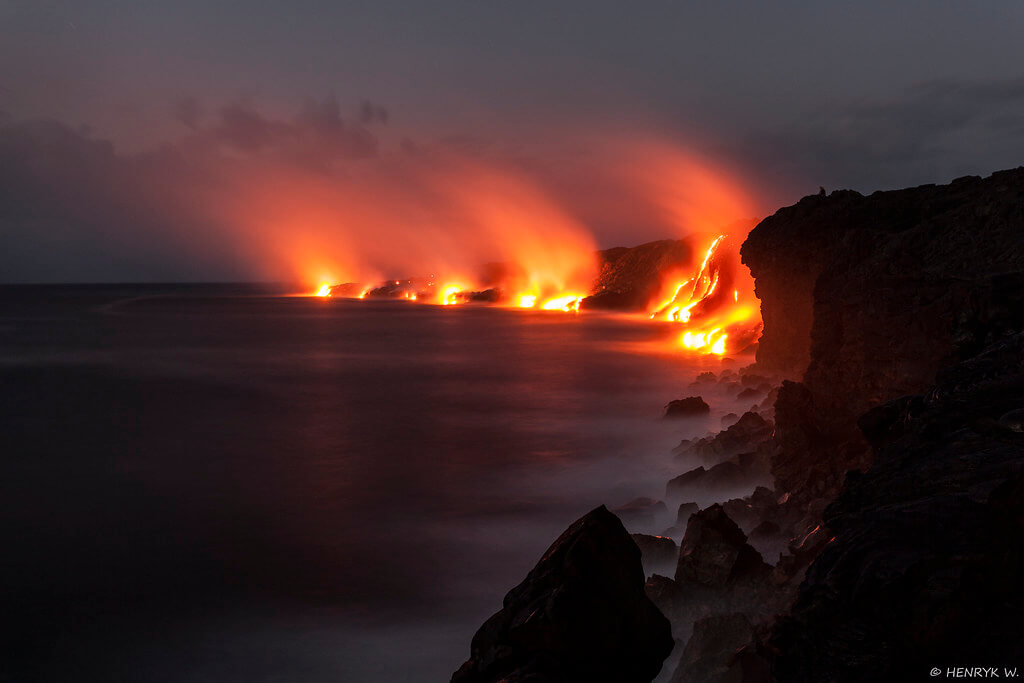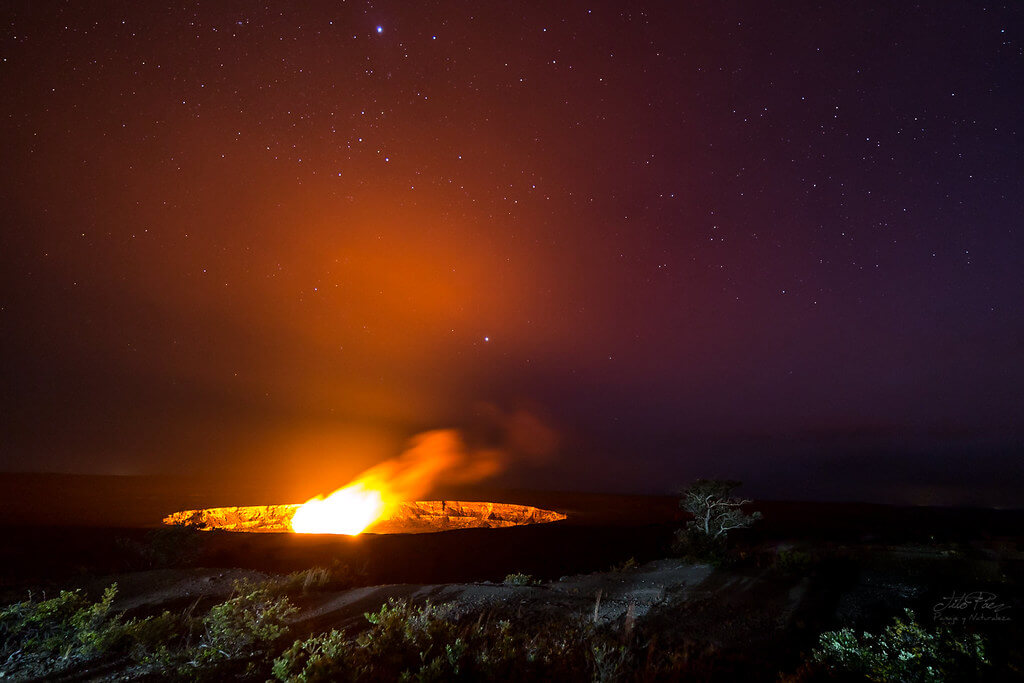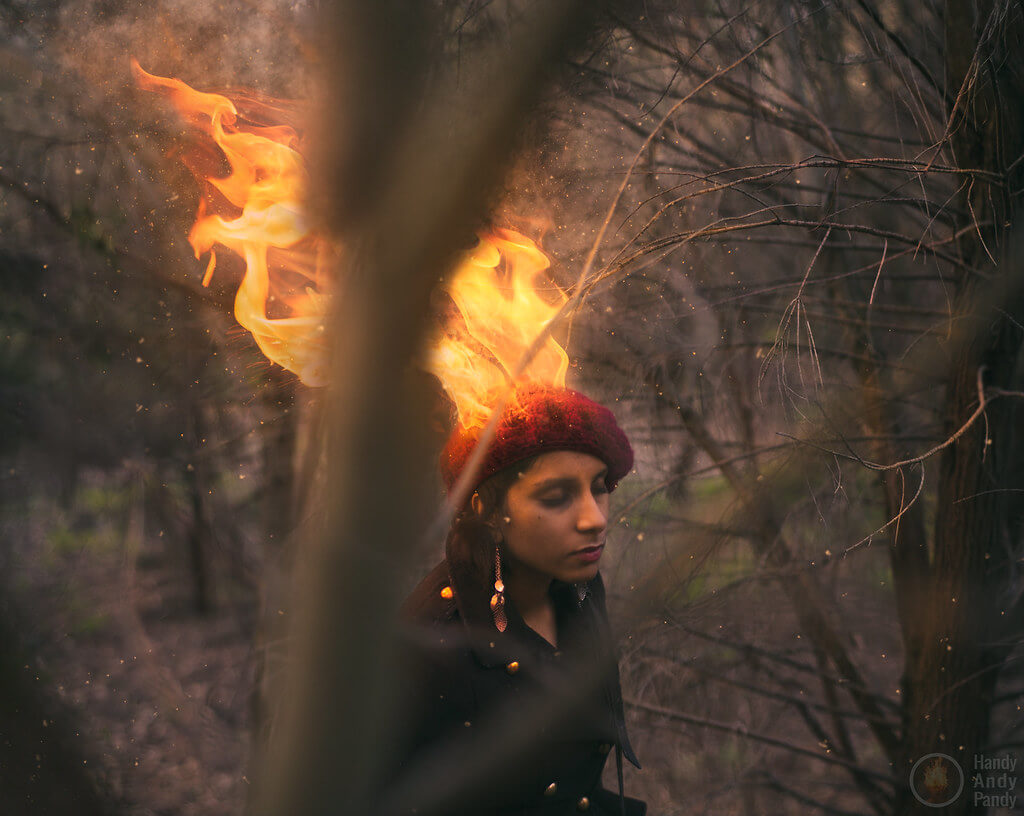Fire images can provoke a wide range of emotions, from joy and awe to fear and horror. It’s both comforting and dangerous. It can save lives in the bitter cold, but also destroy them when a fire gets out of control.
This emotional range makes fire an excellent photography subject. However, you do need to take extra precautions when shooting fire, especially if you’re photographing large flames. Here are 4 safety points to keep in mind:
1. Shoot somewhere with good ventilation.
2. Stay away from flammable objects and dry areas with wildfire risk.
3. Plan how you’ll handle the situation if something goes amiss. If you don’t already have a household fire extinguisher, get one.
4. Think of a worst-case scenario. If that scenario is really bad, don’t do it. As long as you’re safe and smart about shooting fire, it’s a subject worth photographing.
Whether you’re working with a little candle or a large wildfire, you can create images with strong emotional impact, showing the beautiful and terrible power of fire.
Inspiration for Fire Pictures
If you’re looking for tips about camera settings, check out this short yet helpful article about shooting fire from National Geographic. They’ve covered the topic of camera settings so well that we don’t need to! Instead, here are some excellent subjects and compositions to try out for stunning pictures of fire.
Start simple with candles.
Candles are usually small and easy to move around, giving you a lot of control over the shoot. You can use them as lighting or make them the main subject in a minimalist photo. Either way, you won’t have to rush the shoot. You can take your time finding the right exposure and composition, since the candle will keep burning evenly for a while.
Take a close-up of burning wood or paper.
Burning wood is fascinating to watch, but it’s more difficult to shoot than a candle. It’s not only larger and more dangerous to move around but also harder to compose. A wood fire typically doesn’t have a simple, symmetrical shape like a tea candle, but you can still create a simple photo by taking a close-up of the fire.
To make your composition more powerful, try leaving dark, empty space around the flames. Otherwise, if there’s a background, make sure it’s either blurred or adding to the composition with a technique like symmetry.
The same composition can work with burning paper, too. Since paper burns more quickly than wood, though, you’ll probably need to burn several before you get a nice shot.
Joanna Kovalcsik – Fire and Water
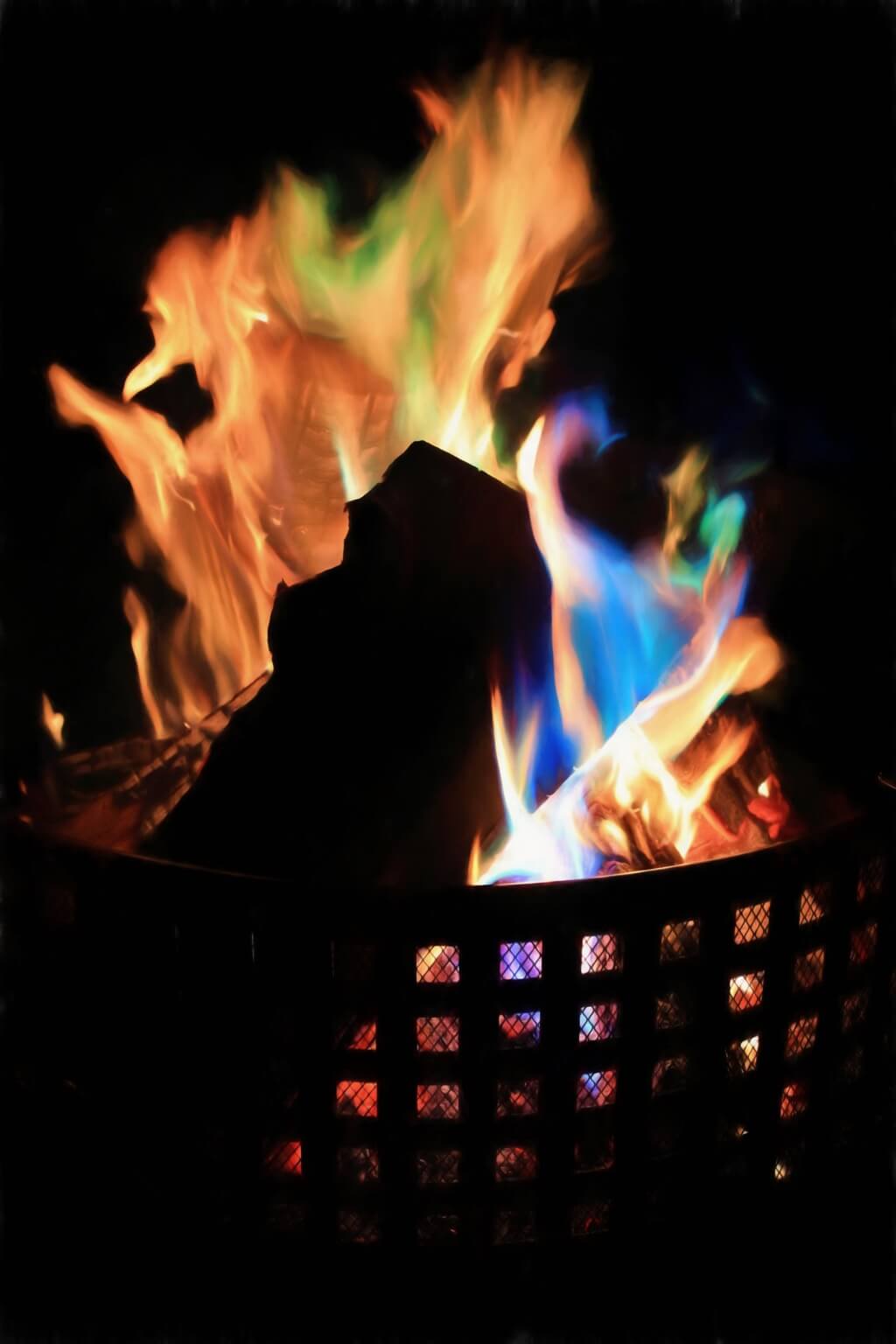
Experiment with close-ups of matches.
Unlike candles and wood fires, matches burn quickly, so you’ll need to be fast with your shots. You’ll likely need someone to help you, too, unless you can confidently shoot and hold a burning match at the same time.
Like candles, though, matches are simple subjects, great for minimalist shots. They look especially nice against a dark background, without smoke.
Howard – Theme: “Air/Wind” Not Just Blowin’ Smoke
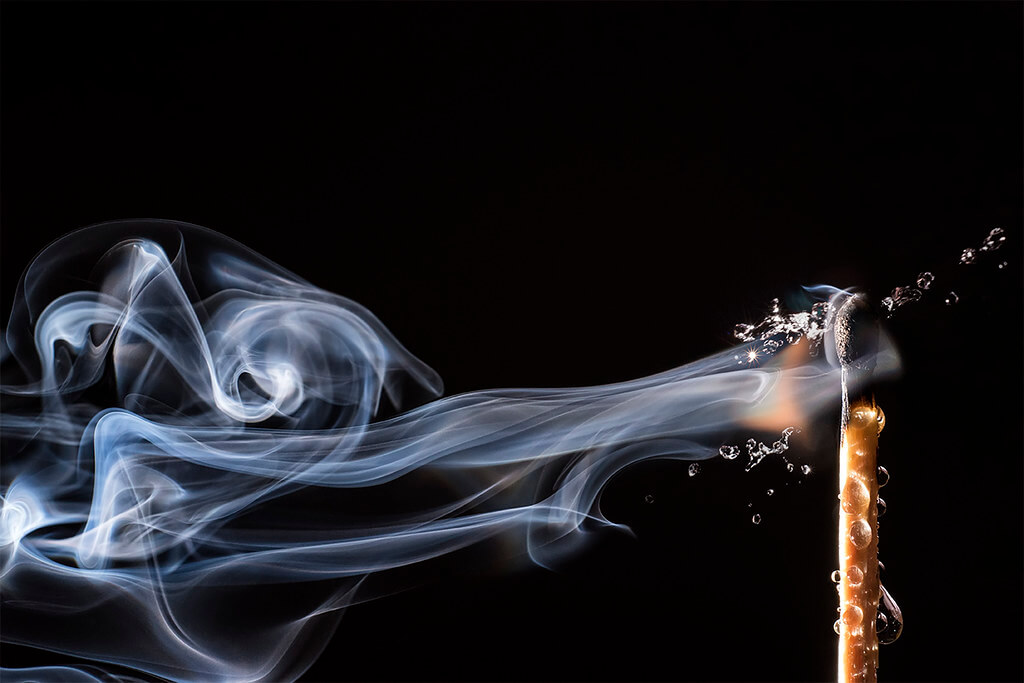
Make the fire a small part of a larger scene.
Fire can be a wonderful secondary subject, too. A campfire or cake with burning candles can both add atmosphere and narrative to a picture. Even if the fire’s glow is minuscule compared to the rest of the photo, that glow can transform the whole feel of your image.
Stephen W. Cook – Oh Oh 95th Birthday Goes Awry

Harjeet Singh Narang – Winters
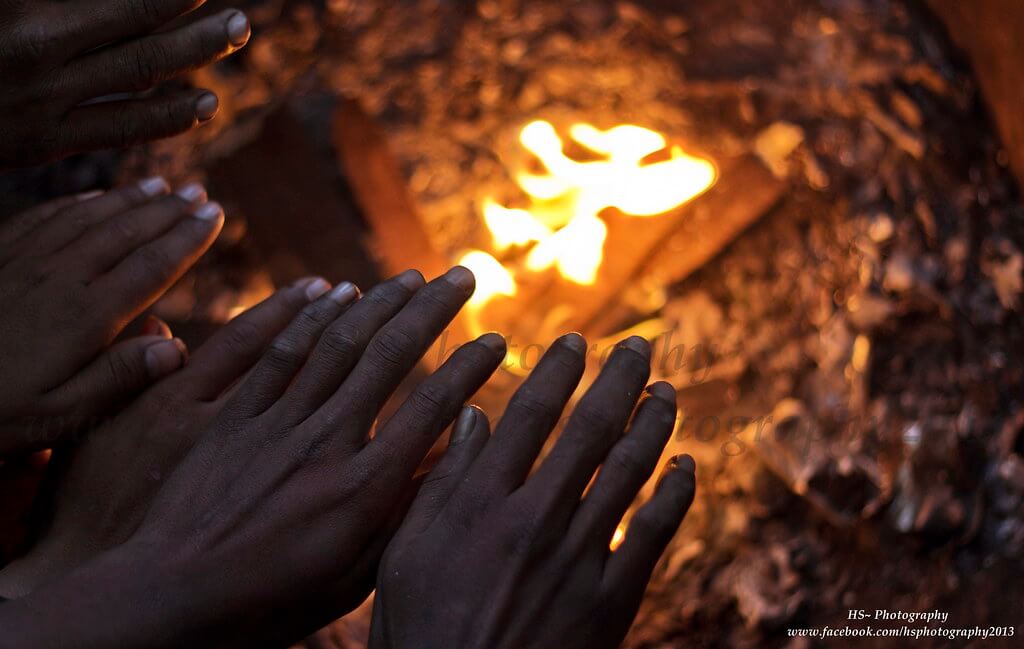
Capture the sparks.
Dancing flames can be beautiful, but fire sparks have energy. They’re fast and unpredictable, leading to unique images. Like rain, you can capture the sparks as long or short streaks, depending on your shutter speed. Short streaks are often recognizable as fire sparks, while long streaks (especially from sparklers) can look strange and otherworldly.
Olga Chaplin – Fire
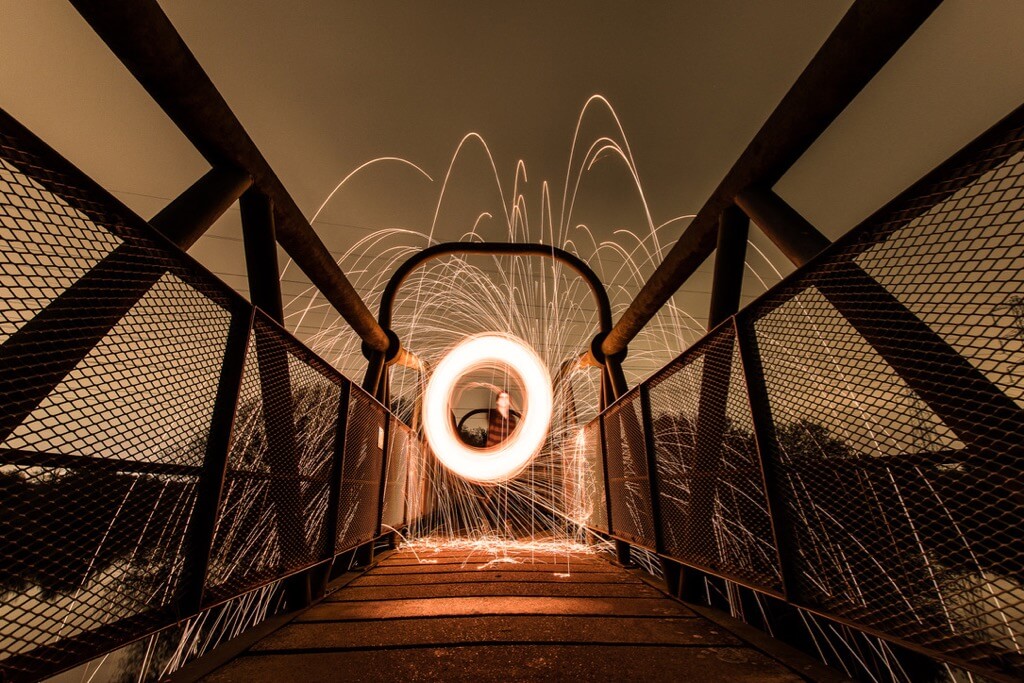
Raj Manickam – Controlled Bon Fire After Christmas
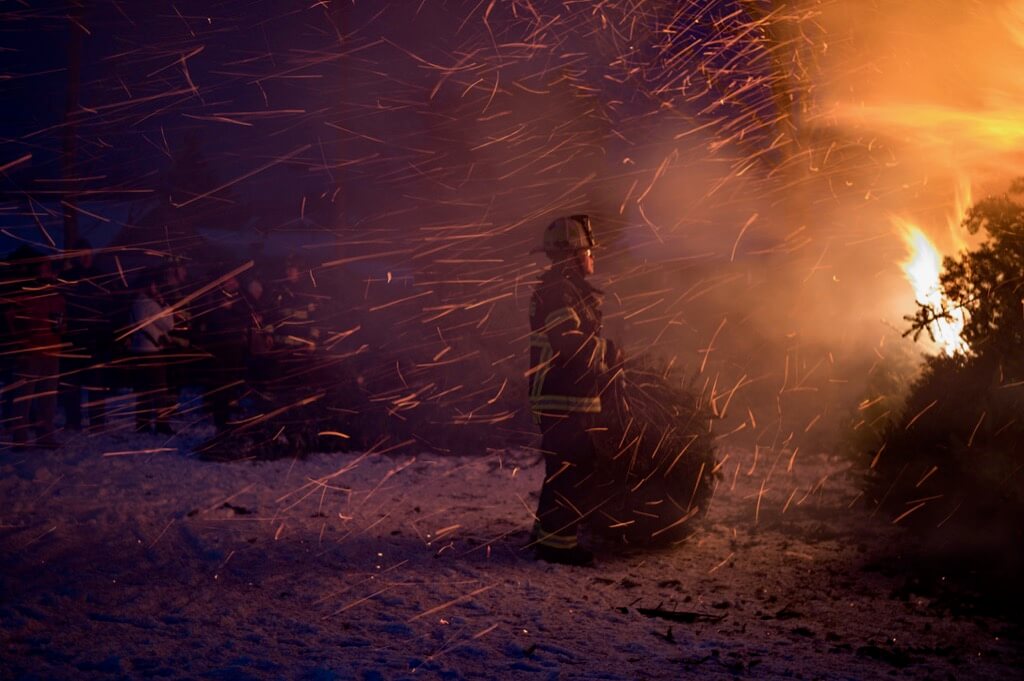
Ragnar Th. Sigurdsson – Blacksmith artist creating ironworks during the annual Winter Festival, Reykjavik, Iceland

Photograph shows, celebrations, or rituals with fire.
Fire is an essential part of many religious and cultural traditions. By photographing fire in these contexts, you can capture significant moments that tell a story. In this way, you’ll create images that are both striking and meaningful.
Ragnar Th. Sigurdsson – Bonfire, New Year´s Eve Celebration, Reykjavik, Iceland
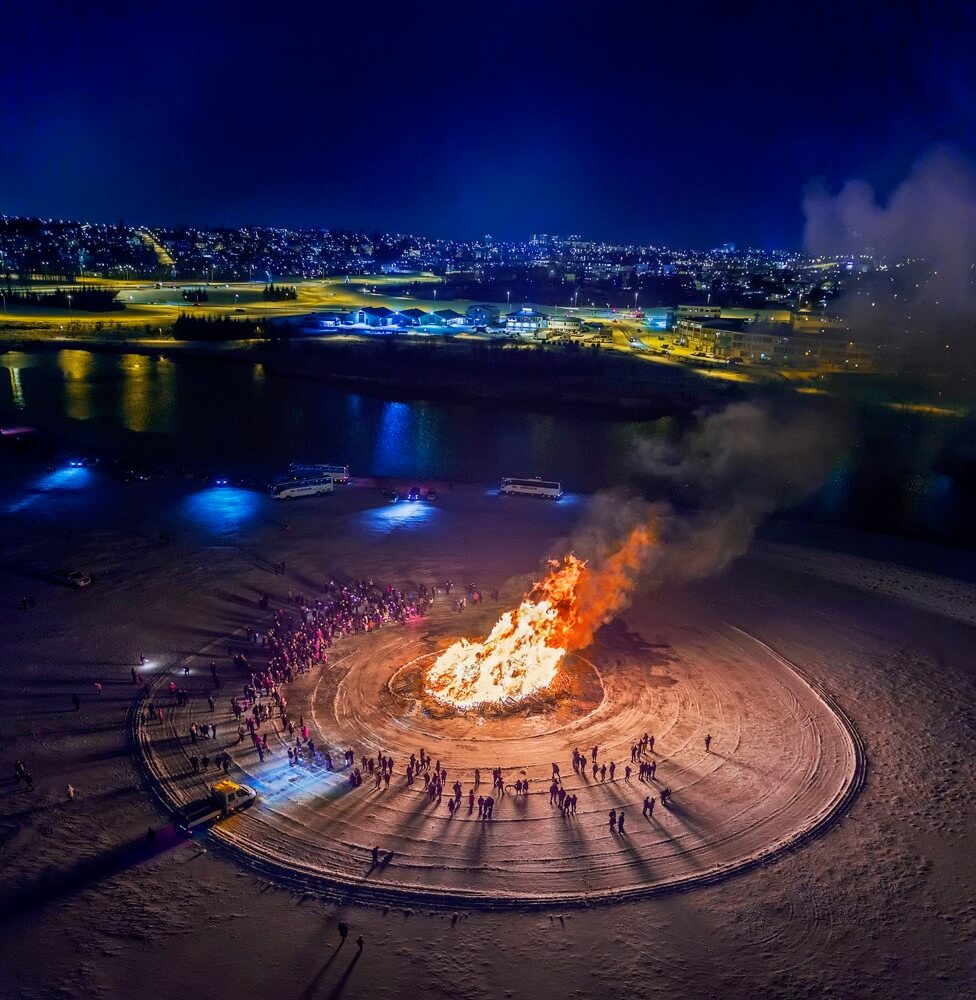
Chinmoy Biswas – Fire
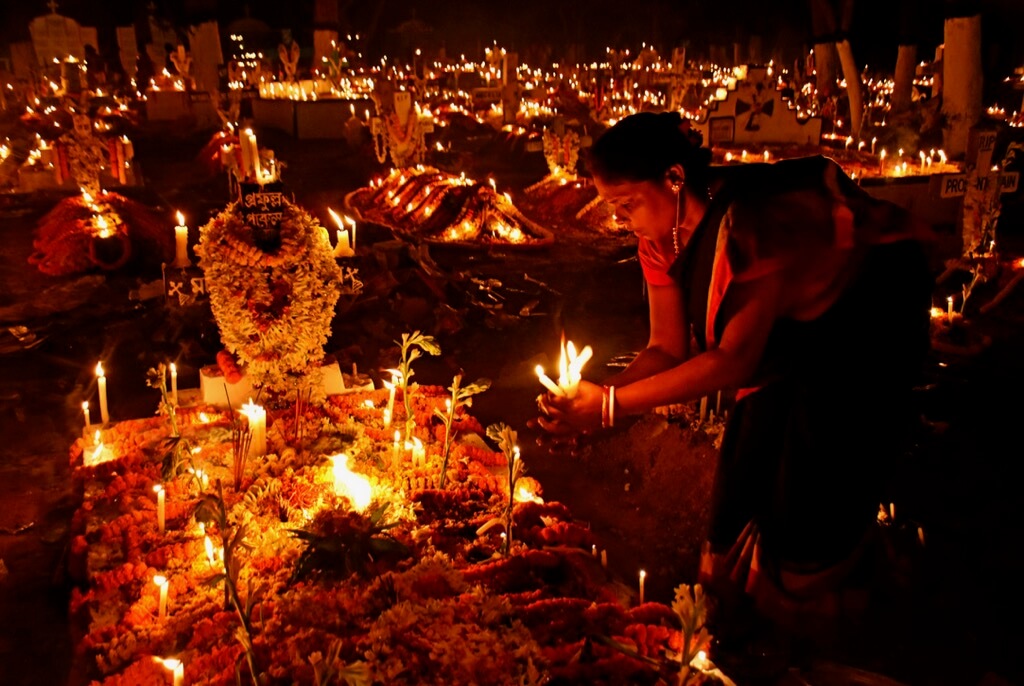
Manish (Valmie) Joshi – Priest performing Aarti ritual at the River Ganga
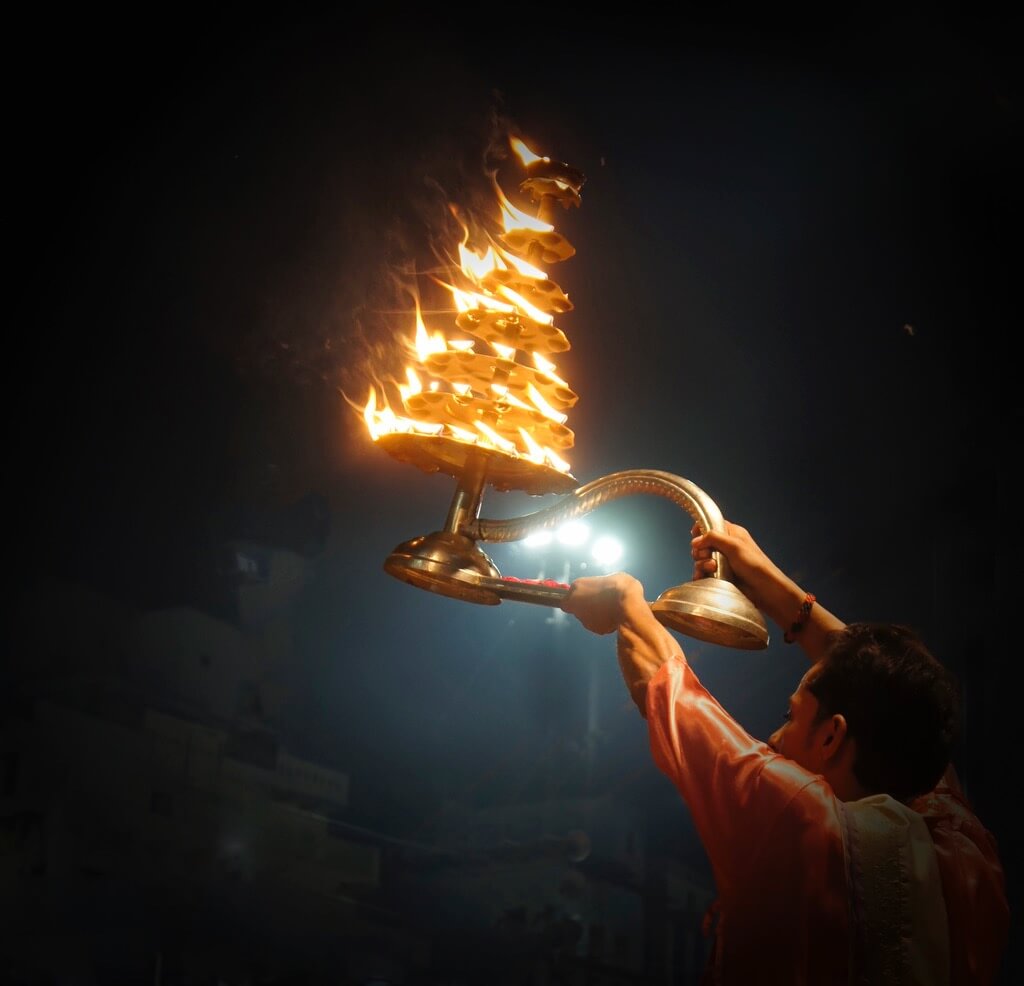
Photograph firefighters at work.
Firefighters are the heroes of big fires, putting their lives on the line to get a destructive fire under control. If you ever happen to see firefighters in action, it’s an inspiring sight that’s definitely worth photographing.
Do remember to stay at a distance, though, giving the firefighters plenty of space to work and extinguish the fire. If you want to get closer, you’ll need to become a trained fire photographer and build a relationship with the fire department. Often, fire photographers were/are (volunteer) firefighters themselves, so they know how to handle the situation, and they have the firefighters’ trust. If you don’t have that background, be content with getting incredible photos from the sidelines.
Paul Ostrum – A firefighter using a drip torch for a prescribed fire
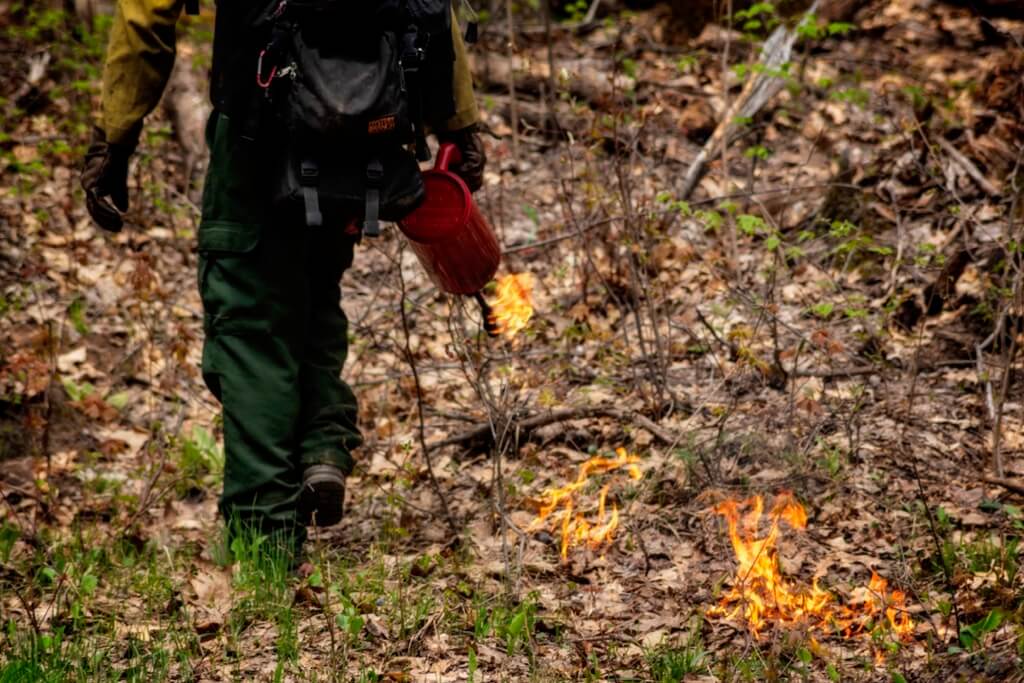
Scott Miller – Fire in Anaheim, California

Dave Johnson – Firemen fight fire in North Bay, Ontario
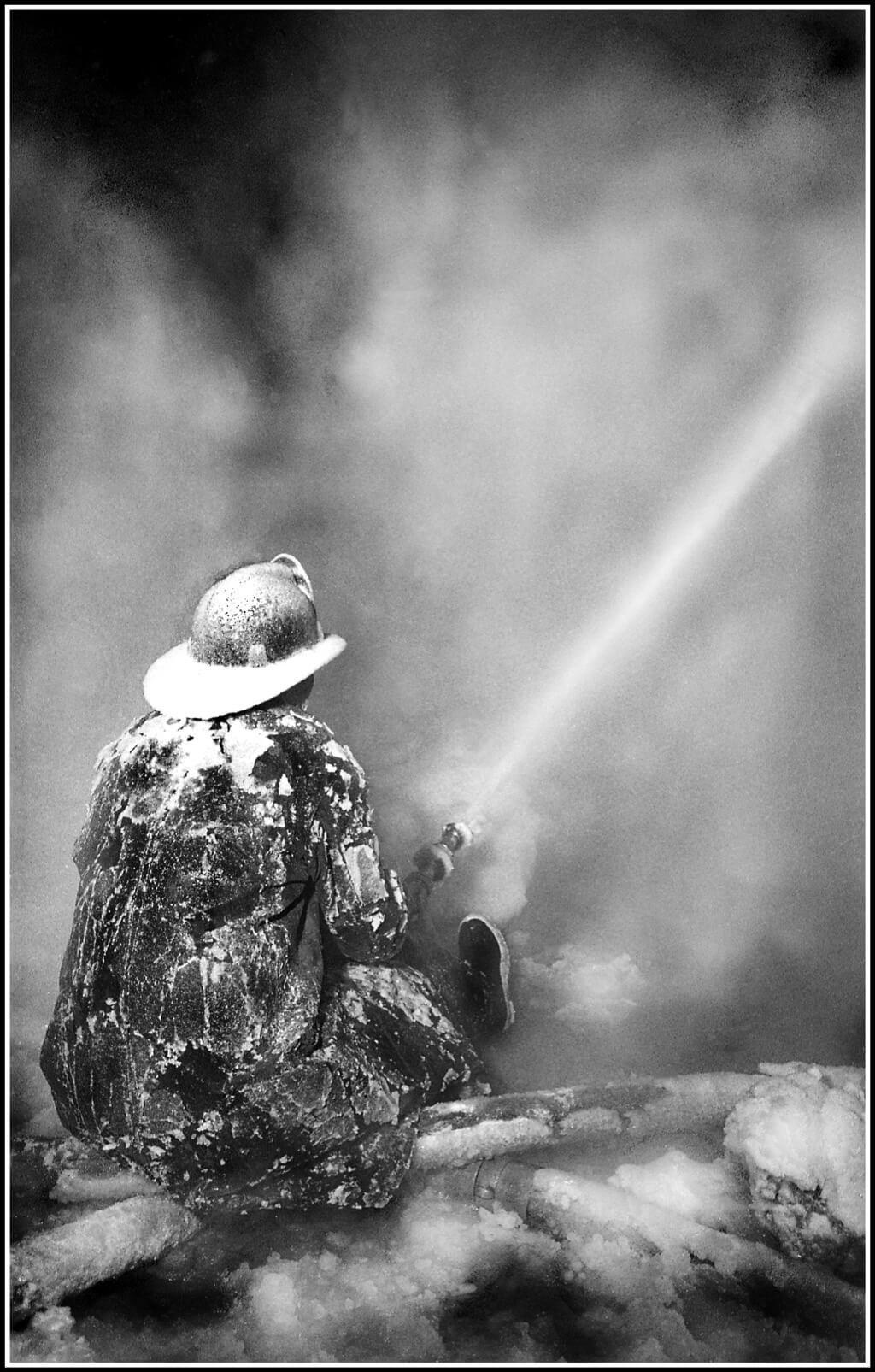
Joe Pellicone – Port Authority Police Aircraft Rescue Fire Fighting Training Facility at JFK Airport
![]()
Document wildfires or controlled burns.
Like photographing firefighters, shooting wildfires from up close requires more knowledge, experience, and even specialized gear. As the recent bushfires in Australia have shown, wildfires are a dangerous subject you should never underestimate. If there are wildfires in your area, safety should be your first concern, not photography.
Unless you’re a professional wildfire photographer, get out of the danger zone before snapping photos. Of course, this means you might miss shooting the fire itself, but you can still capture the large billows of smoke.
By the way, if you have a drone, don’t fly it near the wildfire. It’s often not only illegal, but also dangerous for the firefighters, as drones can get in the way of firefighting aircraft. Aerial shots of wildfires should only be taken by professionals, hired to document the fires.
For a safer yet still dramatic photo, you could photograph a controlled burn instead. This controlled burn doesn’t have to be massive – it could be as simple as a large bonfire.
Johan Hakansson Photography – Fire in the Mountain

NPS Climate Change Response – Wildfire
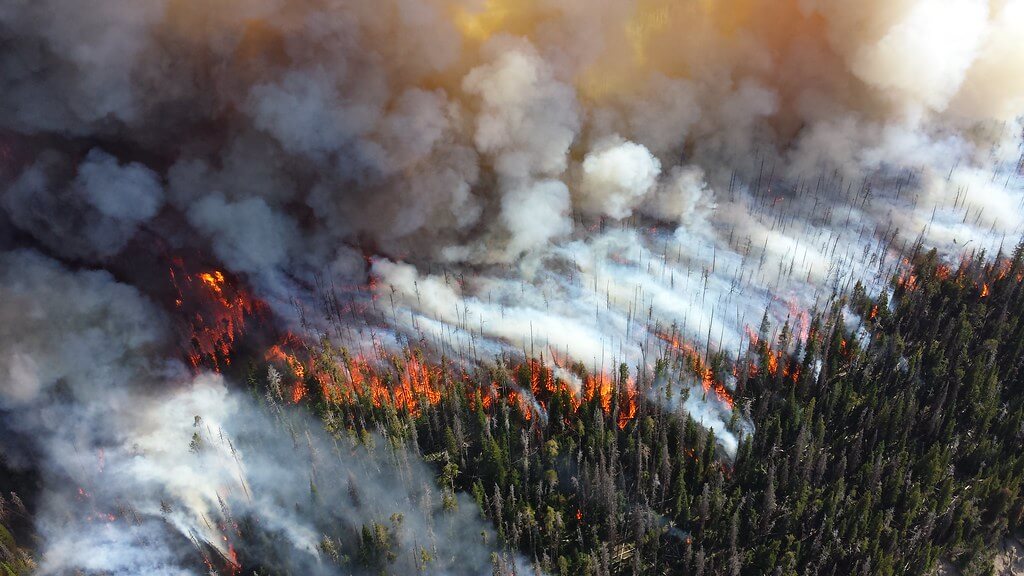
Janette Anderson – East Gippsland fires in Victoria, Australia
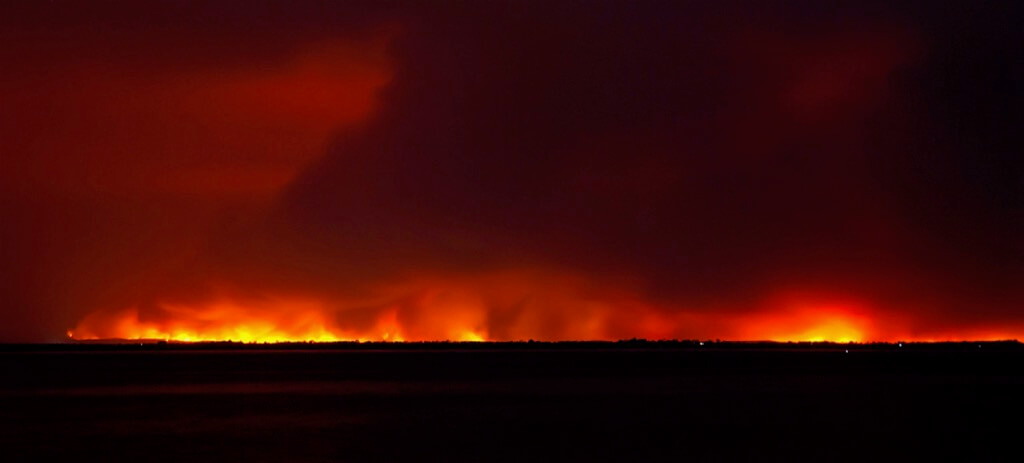
Fred Doerfler – Wildfire on the Palouse #5
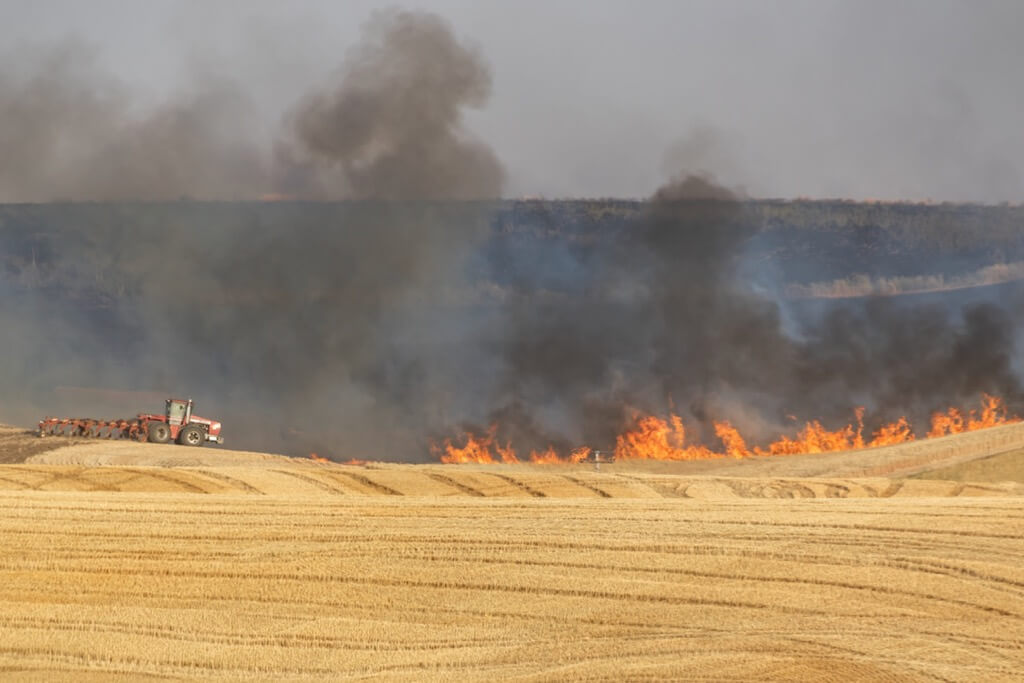
Edward Fletcher – Burning Gorse in Cheltenham
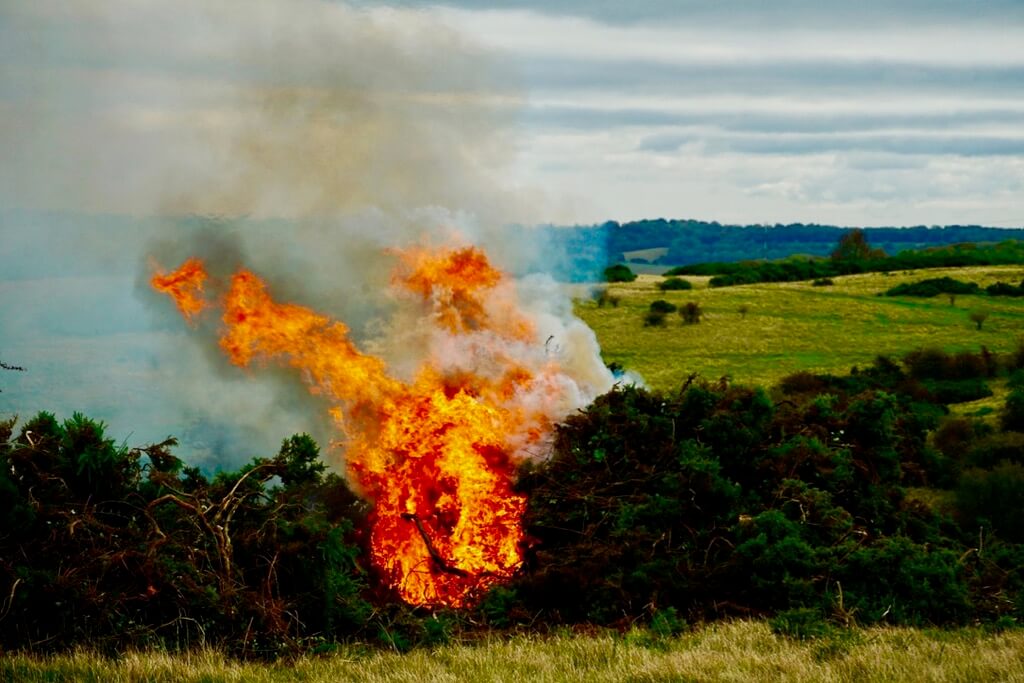
Shoot volcanic lava from a distance.
Technically, lava isn’t fire – it’s molten rock. However, lava can look similar to a large fire, glowing brightly and creating plumes of smoke. Like a wildfire, too, a photo of lava can show the incredible power of nature.
Also like wildfires, shooting active volcanoes is not a casual hobby. It takes careful preparation and knowledge, particularly regarding safety. If you’re intrigued, read these tips from a professional lava hunter or this guide to volcano and lava photography.
Ragnar Th. Sigurdsson – Lava and smoke, Eyjafjallajokull Volcano Erupting, Iceland
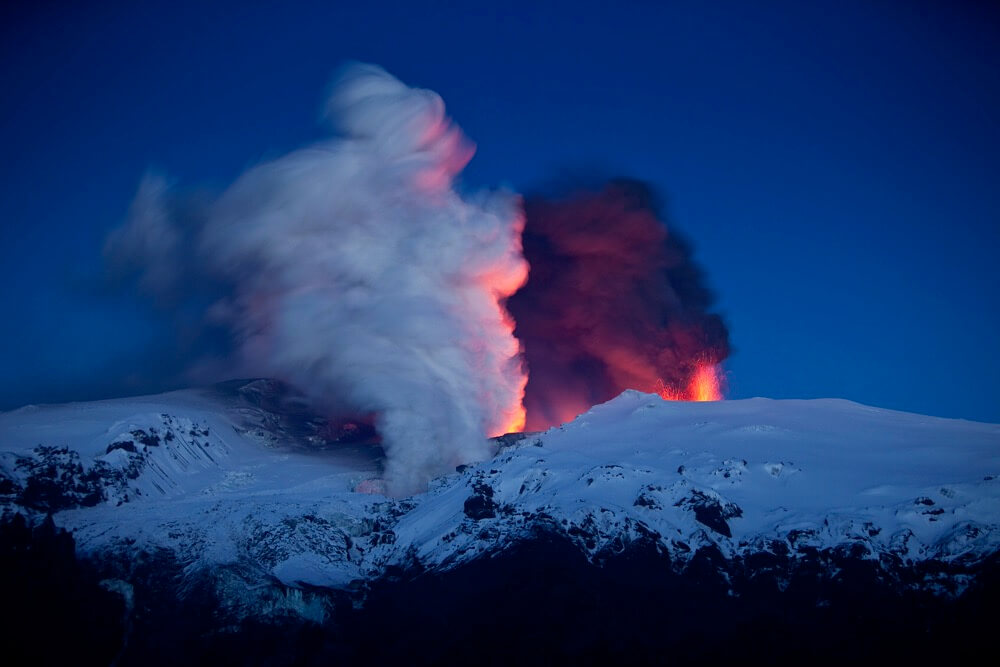
Ragnar Th. Sigurdsson – Ash plume with lava, Eyjafjallajokull Volcanic Eruption, Iceland
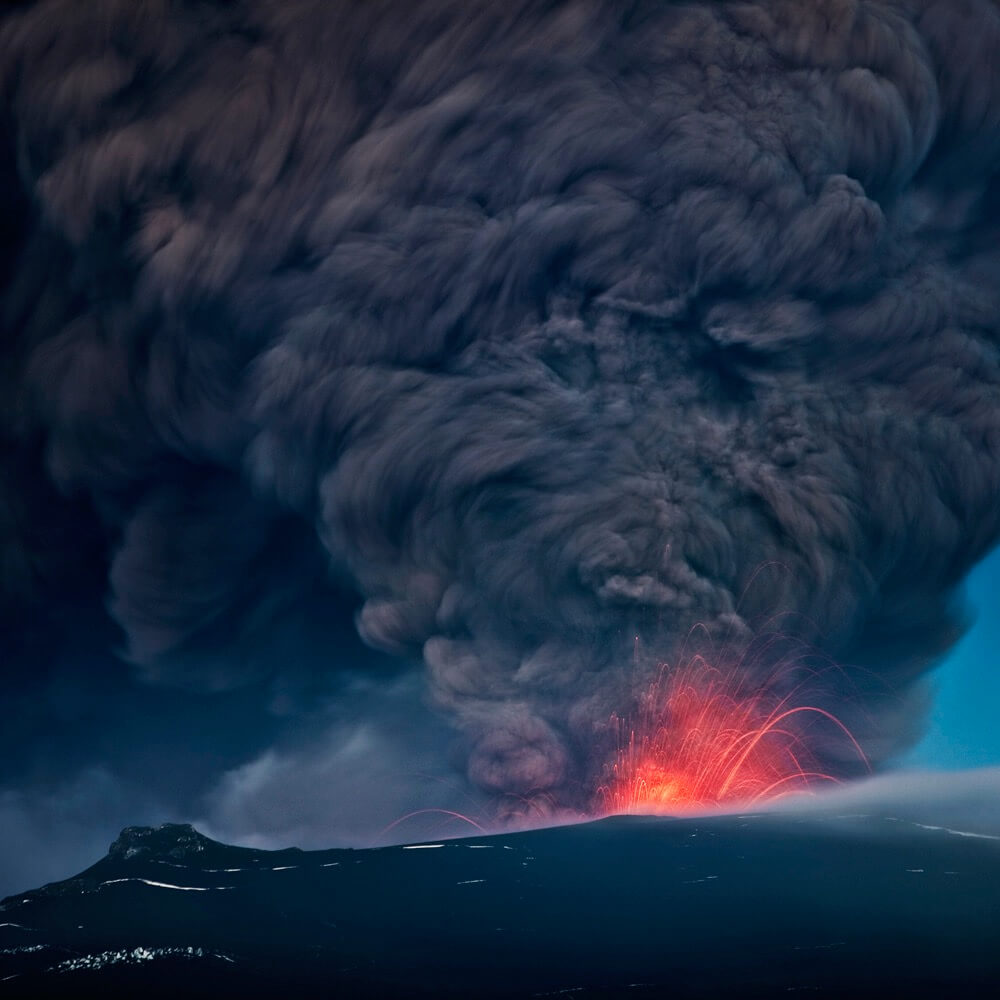
Ragnar Sigurdsson – Small plane flying over the volcano eruption at the Holuhruan Fissure, Bardarbunga Volcano, Iceland
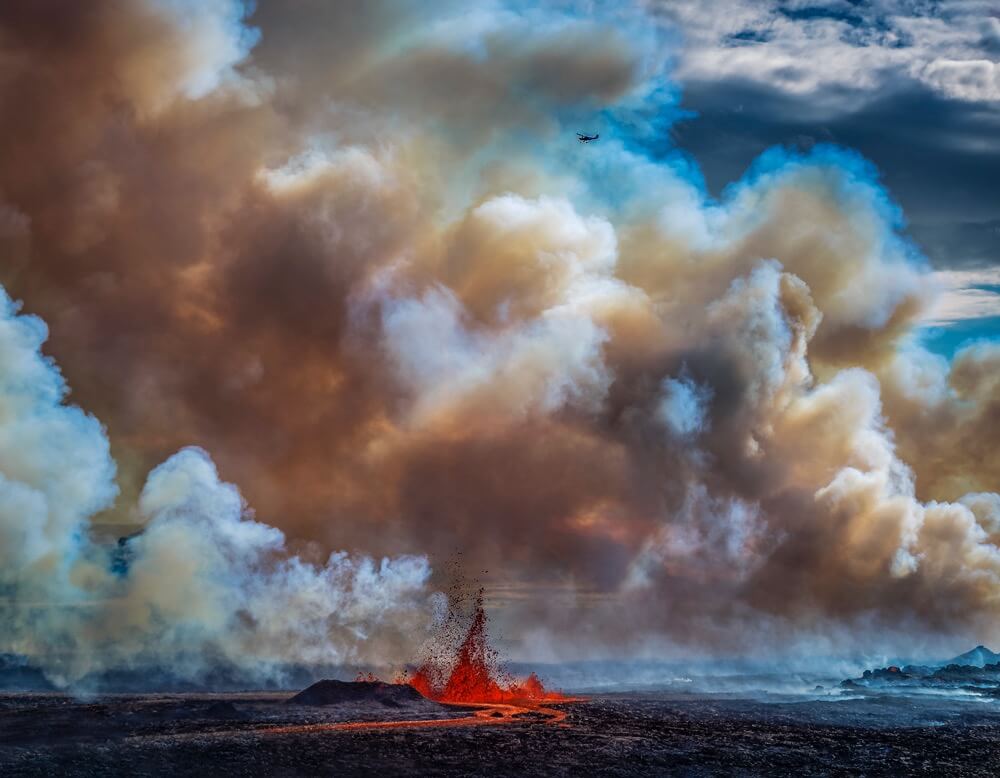
Play with photo manipulation.
Want to create a dramatic image of fire without taking any risks? Try photo manipulation. Though it takes time and practice to master, it’s cheaper and less dangerous than photographing a big fire from up close. It’s also endlessly creative, allowing you to create amazing fire pictures with only your imagination as the limit.
Marsha Serafin – Fire Circle
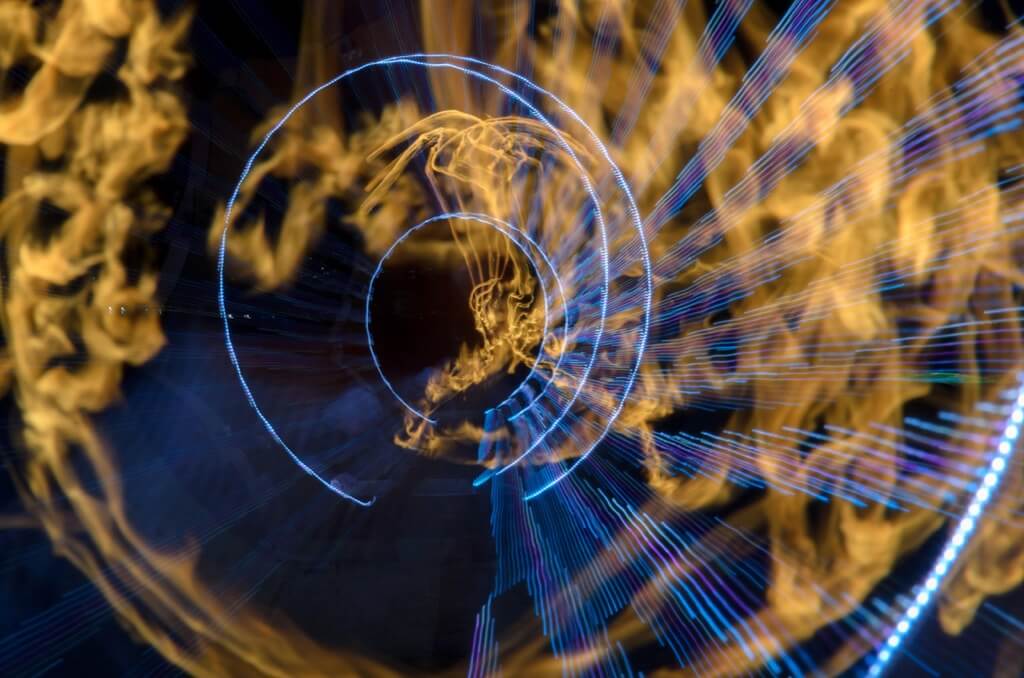
Handy Andy Pandy – The Arsonist Next Door
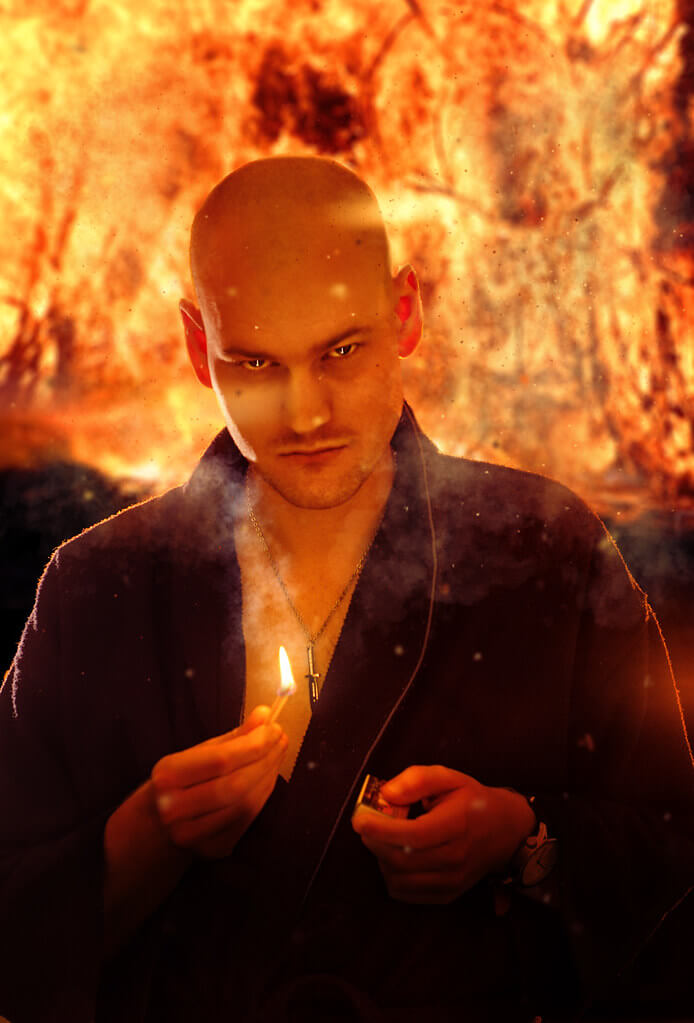
Sebastian Giraldo Carvajal – Sight on fire…
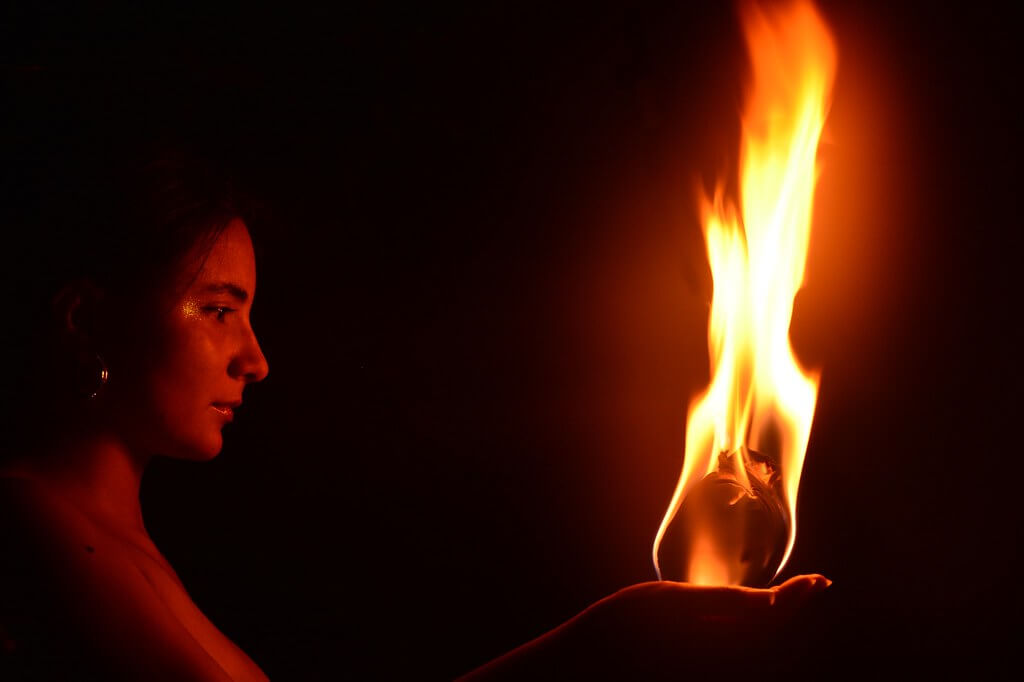
Many of the images above were selected from our community of amateur and professional photographers, both on Flickr and via our newsletter. We had a photography challenge for the subject “Fire” and received a lot of fantastic photos!
Want to participate in future challenges? Join our newsletter list! Then, you’ll get details about every challenge we have.
